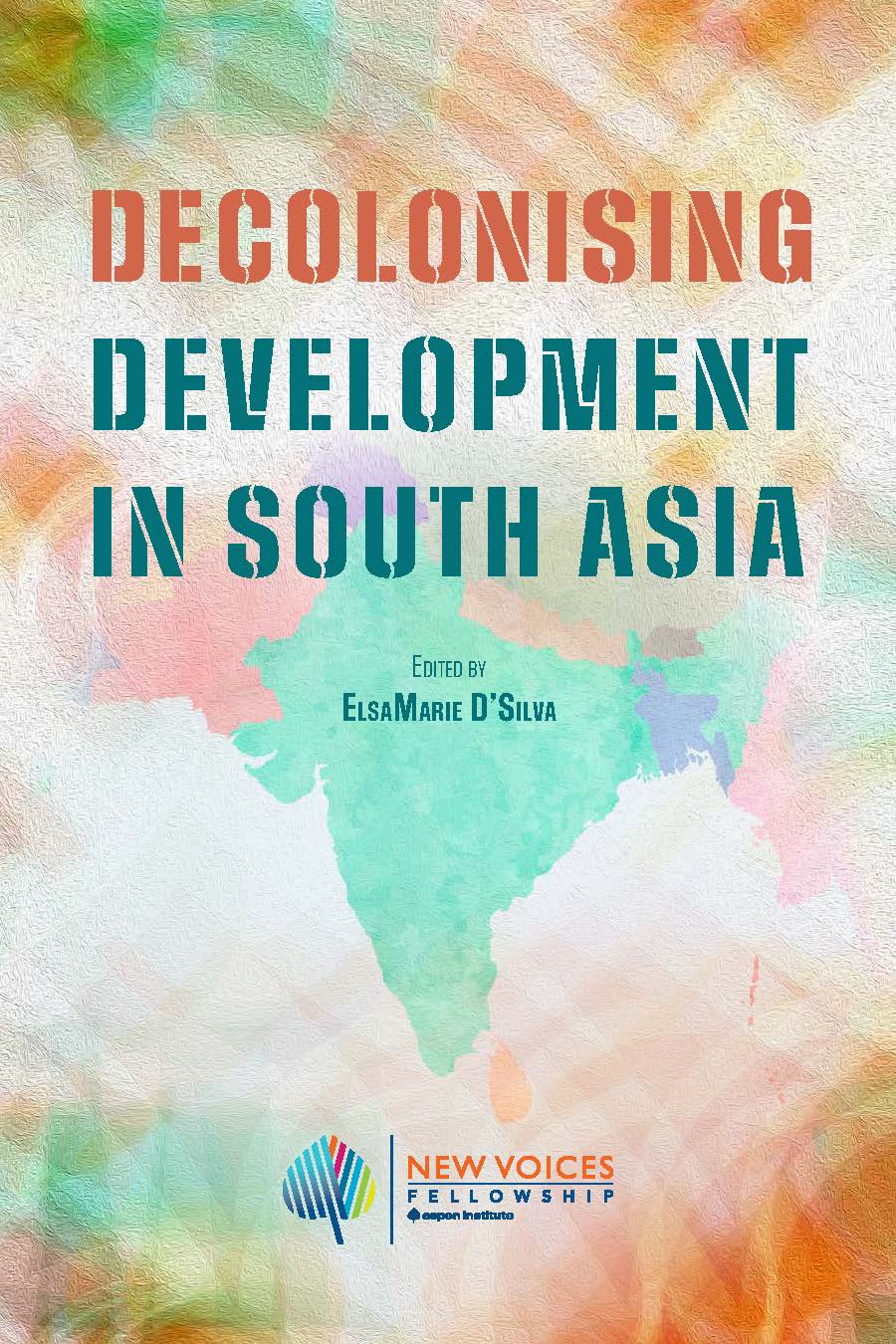Continuing the (Breakfast) Conversation
Big thanks to those of you who braved the rain this Monday to come out to our first advocacy evaluation breakfast of the year! Pat yourselves on the back, damply. We had a terrific discussion with USAID’s Heather Britt and Melissa Patsalides about the meaning of complexity, systems thinking, M&E for development projects, and more. For those who just can’t get enough of this stuff, be sure to take a look at Cameron Norman’s recent post on “developmental design” for AEA365. And don’t forget to keep tabs on USAID’s Learning Lab: there’s more to come on complexity this spring.
Sexy Development Indicators
Consistently smart and fun to read, Duncan Green’s From Poverty to Power blog for Oxfam is one of our favorites. A post earlier this week was all about the challenge of promoting development indicators that are meaningful to track and also resonate with policymakers—what a Gallup consultant calls “sexy compound indicators.” Balancing what we know needs to be measured with what policymakers want to hear looks tough, but these aren’t mutually exclusive. It may take some policymaker education, however, and some investment by advocates in communications and messaging capacity. So let’s make it sexy, people.
Can You Hear That Buzz?
For years now, Lucy Bernholz has been informally tracking the comings and goings of major buzzwords in philanthropy, terms like “hackathon,” “collective impact” and “scale.” After gathering feedback from colleagues at foundations and other organizations, she has come up with a list of buzzwords that appear to be “meaningful” and others that are “just jargon.” Check them out. Do you agree? Here at APEP, we’re all about questioning the language that we use. So that’s our takeaway, folks: let’s leverage this evidence-based, flash mob philanthropy insight to amplify our peer-to-peer learning. Indeed.

